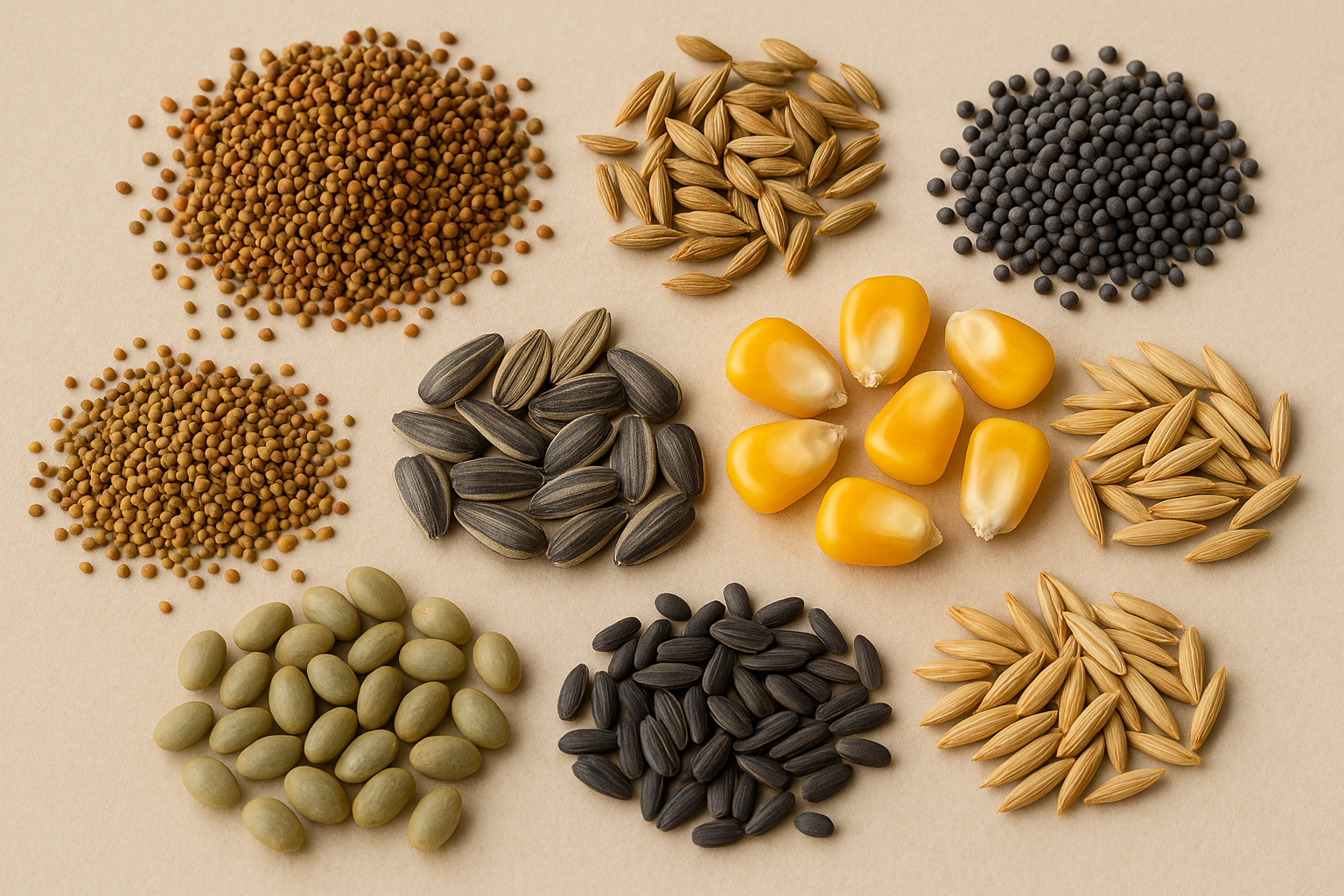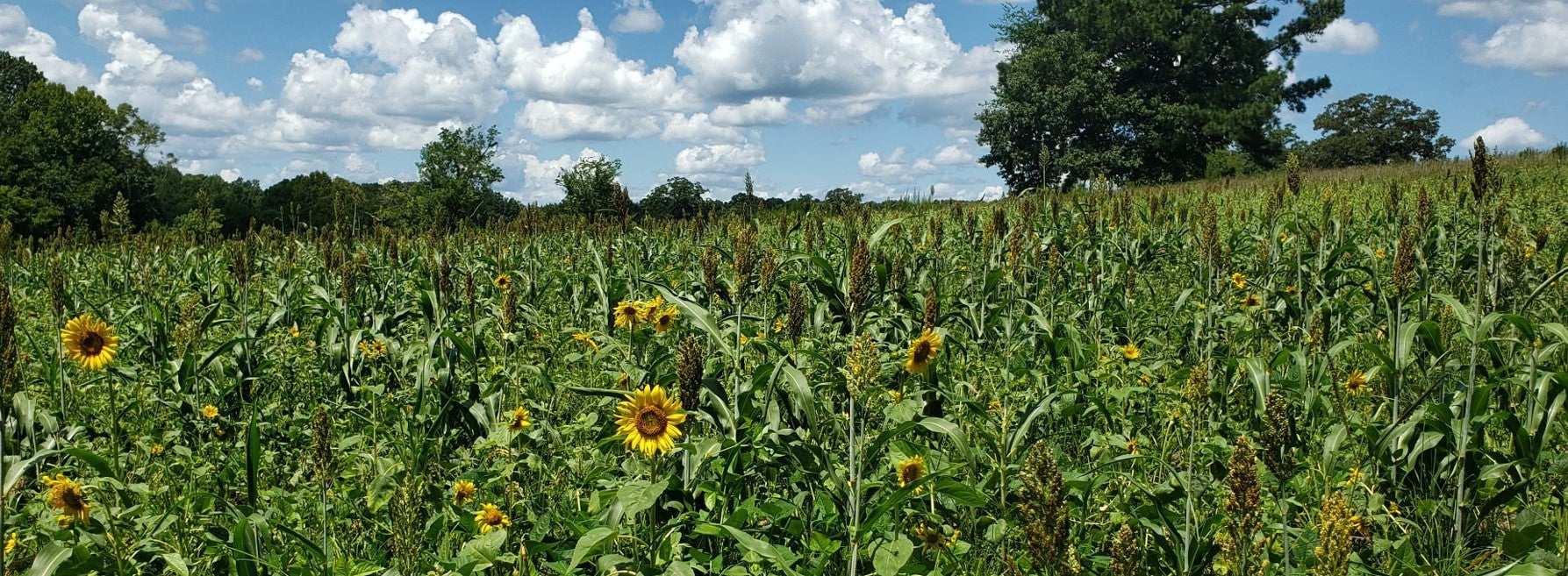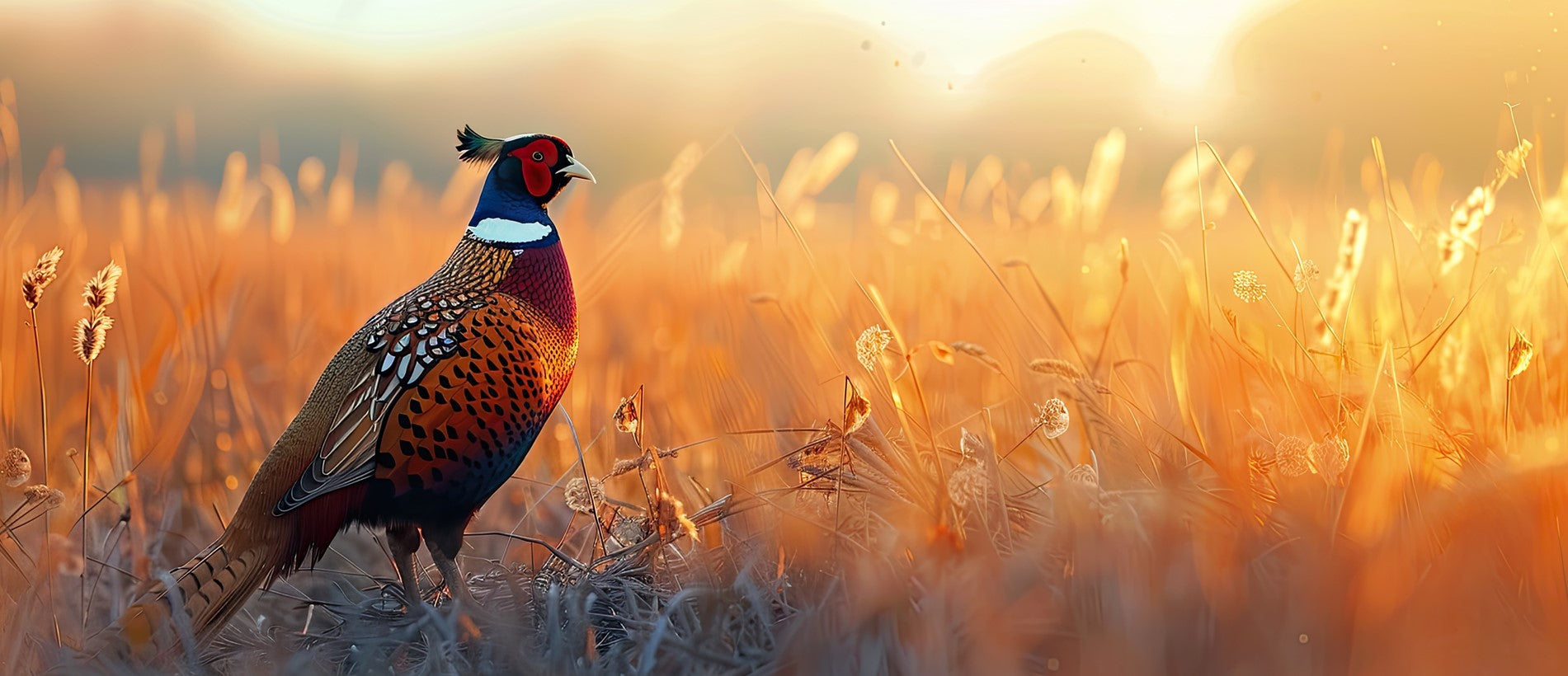Spikes: Have Recent Penned Studies Ended the Debate? - Part II
In Part I, I defined what a spike buck was and explained the ongoing debate of whether or not to shoot spikes. In Part II, I will examine the results of the various penned studies that have been completed in an effort to settle this debate.
Recent TPWD Penned-Deer Study
Texas Parks and Wildlife Department biologists Mitch Lockwood, Donnie Frels, Bill Armstrong, Gene Fuchs, and Donnie Harmel recently published the dramatic results of a long-term study on spikes. The study took place at the Donnie E. Harmel White-tailed Deer Research Facility at the Kerr Wildlife Management Area near Hunt, Texas.
They placed yearling bucks into three categories: (1) yearling bucks that were able to produce forked antlers regardless of nutritional condition; (2) yearling bucks that produced spiked antlers regardless of nutritional condition; and (3) “swing” deer (the largest group), which were yearlings that produced forked antlers under good nutritional conditions and spiked antlers under poor nutritional conditions.
Over a nine-year period (1991-99), pedigreed yearling bucks were placed in individual pens with 8-16 does to create single sire herds. Each December, all buck fawn offspring were then placed on a limited 8 percent protein diet to simulate poor nutritional conditions. This limited diet was one-half of the amount consumed when these same deer were provided unlimited feed. Feed was distributed every other day in two troughs per pen. Surprisingly, the researchers stated that they observed no behavioral interactions related to dominance that would have restricted feed availability to any individual bucks. Nine months later during September, the bucks were taken off the restricted diet and measured to determine antler size and body weight.
In October, the 5-6 yearling bucks with the best antler characteristics (e.g., highest gross B&C score) were used as herd sires for the next breeding season. These 5-6 bucks, out of a group of 19-34 yearling bucks, were then isolated before the breeding season in individual pens with 8-16 does per pen. As a result of the above selection, the largest antlered 15-30 percent of the bucks available were selected, while the smallest antlered bucks, representing 70-85 percent of the buck population, were removed. Therefore, the “culling” intensity was 70-85 percent with 100 percent of “inferior” bucks removed before the breeding season.
Females that produced two or more spike-antlered offspring, or that were siblings to spike-antlered yearlings, were selectively removed from the study. All females seven years old or older were also selectively removed. A total of 137 females were used during the study of which 12 were selectively removed.
A total of 41 single-sire breeding herds produced 217 yearling bucks during the study. Of these yearlings, 135 (62 percent) produced antlers with 6 or more points, while 28 (13 percet) produced spiked antlers. The percentage of spike-antlered yearlings declined from 33 percent in 1992 to only 3 percent in 1999, even though these bucks were nutritionally stressed! An even more amazing outcome was the tremendous increase in the percentage of yearling bucks with 8 or more points, which increased from only 3 percent in 1992 to 48% in 1999.
This is especially astounding considering that less than 1 percent of yearling bucks captured in the wild in south Texas have eight or more points! Body weights also increased significantly over the course of the study. For example, average body weights for yearling bucks with 8 or more antler points increased from 117 pounds during 1992 to 139 pounds during 1999. They found no evidence that fawning date or age of the female influenced their results.
The researchers concluded that culling is most effective when nutritional conditions are poor (i.e., hunting seasons that follow drought conditions during late winter through spring). According to the theory, during nutritionally stressful times, the “swing” deer grow spiked antlers and can then be identified as the true culls that they are and harvested.
Recent Mississippi State University Study
This second study actually involved three different penned deer herds each located within a different state. One herd was at Mississippi State University, another was at The University of Georgia, and the third herd was at the Kerr Wildlife Management Area in Texas. Interestingly, the Texas and Mississippi penned deer herds are from the same two facilities that initially sparked the heated debate on spikes more than 20 years ago!
Drs. Steve Demarais and Bronson Strickland examined antler records for 220 bucks reared at these three facilities. Complete antler records existed for each of these bucks for each age class from one-and-one-half years old through four-and-one-half years old.
The researchers then grouped all yearling bucks with three or fewer total antler points together for comparison to yearling bucks with four or more total antler points. The average gross Boone and Crockett Club (BCC) score at age four-and-a-half for the yearling bucks with three or fewer antler points was 119 inches. The average gross BCC score at age four-and-a-half for the yearling bucks with four or more antler points was 137 inches, 18 inches (15 percent) more than the spike group. This difference was also statistically significant.
Penned Study Conclusions
In my opinion, the above results for the three-penned deer herds combined should finally put to rest whether or not spikes are inferior in a penned situation. Their results clearly show that spikes remain smaller on average than fork-antlered yearlings when these bucks reach four-and-a-half years old. As a result, it should also be obvious that yearling antler characteristics can be a reliable indication of antler size at older ages.
The compelling results of the Texas Parks and Wildlife Department study also show that spikes should not be allowed to breed, especially if the goal is to increase average antler sizes and body weights over time. Ideally, breeding should be restricted to only the largest antlered 15-30 percent of your buck herd. If you are one of the many landowners with a deer breeding permit and you are working with penned deer, it is hard to argue with their striking results.
But What Happens In The Wild?
The bottom line however, is that the question of whether or not to shoot spikes in a wild or free-ranging situation still remains unanswered. Unfortunately, the above studies have one big disadvantage - they were conducted with penned deer. Although penned deer studies have taught researchers volumes of information about deer, landowners and managers should be cautious when trying to apply these results to wild deer herds.
Penned studies are not as applicable in the real world for the very reasons that a penned study design is chosen. In the pen, nutrition is controlled and who breeds who is also closely controlled. In the wild, managers have less influence over nutrition and very little influence over who breeds who. In addition, does obviously cannot be selectively removed based on their breeding history.
Another problem with penned studies relates to the effects of dominance on antler development. Although research is lacking, it has been suggested that dominant bucks in penned situations may be able to suppress antler growth in subordinate bucks. If a subordinate buck in a pen never reaches a dominant position, how do you know what his true genetic potential was? John Ozoga completed some interesting studies on the effects of density stress on deer in Michigan. He found that even when nutrition was unlimited, antler sizes and fawn crops decreased once deer densities passed a certain threshold because of the effects of dominance and density stress.
The only way to finally settle the spike debate is to conduct similar research with deer in the wild. Part III and IV in this five-part series will examine results of recent, groundbreaking research conducted on deer in the wild. I think you will agree that the results of this research will definitively answer the question of whether or not spikes are inferior.
Posted by Dr. Mickey W. Hellickson











Leave a comment